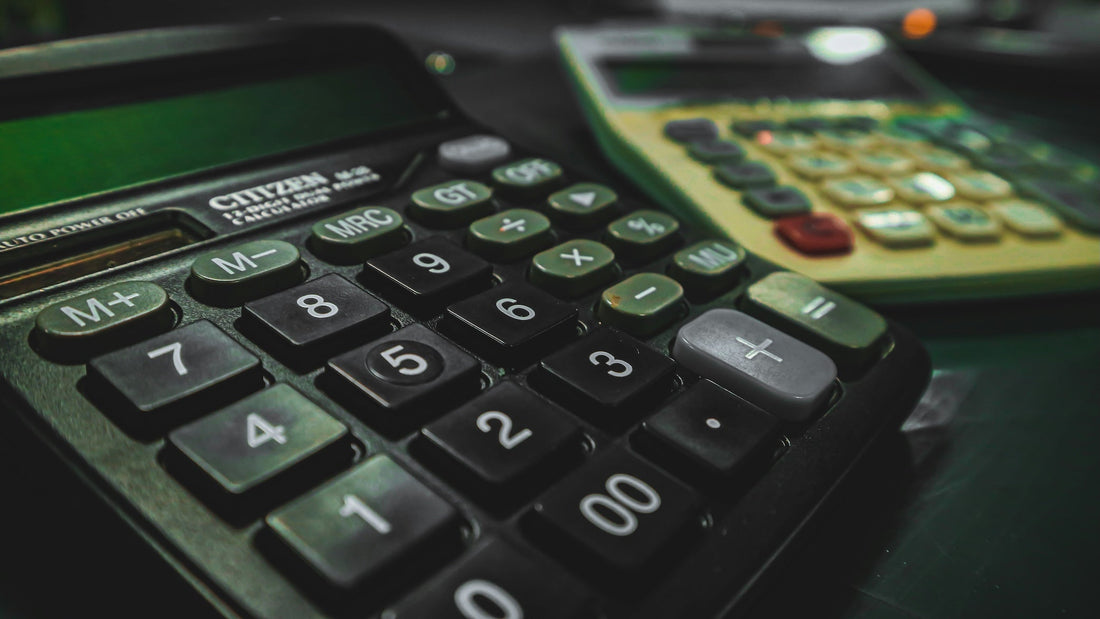
How Much Caffeine Is in Decaf Coffee? A Deep Dive by Method
Share
Let’s set the record straight. Decaf coffee is not caffeine free. No matter the processing method, decaf coffee still contains a small but measurable amount of caffeine. This deep dive explains how much caffeine remains in your cup depending on how your beans were decaffeinated.
What Does “Decaf” Actually Mean?
In the United States, for coffee to be labeled “decaffeinated,” at least ninety seven percent of the original caffeine content must be removed from the green coffee beans. While that sounds like most of it, the difference between 97% and 100% can be meaningful — especially if you are highly sensitive to caffeine.
Caffeine Content by Decaf Method
Here are the four most common decaffeination methods and their typical caffeine range per eight ounce cup of brewed coffee:
- Sugarcane (EA) Process: 2 to 7 mg
- Swiss Water Process: 2 to 4 mg
- CO2 Process: 3 to 5 mg
- MC (Methylene Chloride) Method: 1 to 5 mg — we do not recommend this method
Why the Percentages Can Be Confusing
The Sugarcane process removes about ninety seven percent of the original caffeine, while Swiss Water removes up to ninety nine point nine percent of the original caffeine's weight of the coffee. Sound confusing? Well it is...that's why we wrote about this in further detail, here.
Still, both are extremely low in caffeine and safe for most people — but if you are caffeine sensitive or avoiding it entirely, it makes sense to understand the differences.

Method by Method Breakdown
Sugarcane (EA) Process
Also known as the ethyl acetate method, this process uses a naturally derived compound from fermented sugarcane. It is popular in Colombia and known for preserving flavor while gently removing caffeine.
Caffeine: 2 to 7 mg per cup
Flavor: Sweet, syrupy, and full bodied
Our Offerings: Sidekick, After Dark Drip
Swiss Water Process
This method uses only water, temperature, and time — no chemicals. It is certified organic and preferred by many health-conscious coffee drinkers.
Caffeine: 2 to 4 mg per cup
Flavor: Smooth and mellow, with slightly softer acidity
Our Offering: Jitterfree Delight
CO2 Process
The CO2 method uses pressurized carbon dioxide to selectively extract caffeine. It is precise and preserves more delicate notes, but it is less common in the United States due to high processing costs.
Caffeine: 3 to 5 mg per cup
Flavor: Balanced, but there isn't a good selection available
Methylene Chloride (MC) Method
MC is a solvent-based method where caffeine is removed with methylene chloride. Although it is considered safe by the FDA in trace amounts, we do not use or recommend this method due to concerns about chemical exposure and potential flavor compromise.
Caffeine: 1 to 5 mg per cup
Flavor: Often rich and smooth — but not worth the risk in our opinion
Is Decaf Really “Decaffeinated”?
Not entirely. As mentioned, U.S. regulations allow up to three percent of the original caffeine to remain. This means your eight ounce cup may contain anywhere from 2 to 7 mg depending on the method, origin, roast level, and brewing process.
A 2006 study published in the Journal of Analytical Toxicology analyzed nine decaf coffee samples and found caffeine content as high as 13.9 mg in a 16 ounce serving. Most samples ranged between 3 and 7 mg for an 8 ounce cup.
Do Regulations Vary by Country?
Yes. Most countries follow a similar baseline (97 percent caffeine removal), but the oversight, testing, and certification can vary significantly. Some European standards are sdifferent for decafs.
Which Should You Choose?
Choose based on your preferences:
- If flavor is your top priority: Sugarcane
- If avoiding chemicals entirely: Swiss Water
- If you are extremely caffeine sensitive: Swiss Water
Final Thoughts
Decaf coffee is not a compromise — it is a mindful choice. Whether you're brewing a nightcap or switching for health reasons, understanding your decaf’s process gives you control and confidence. At Frequent Coffee, we carefully curate decaf offerings that respect both flavor and your well-being.
Explore our full decaf collection to find your perfect match.
Follow us on Instagram for tips and brews: @frequent.coffee
Disclaimer: Caffeine values listed are averages and can vary by brew method, roast, and origin. This content is for informational purposes only and not a substitute for medical advice.
